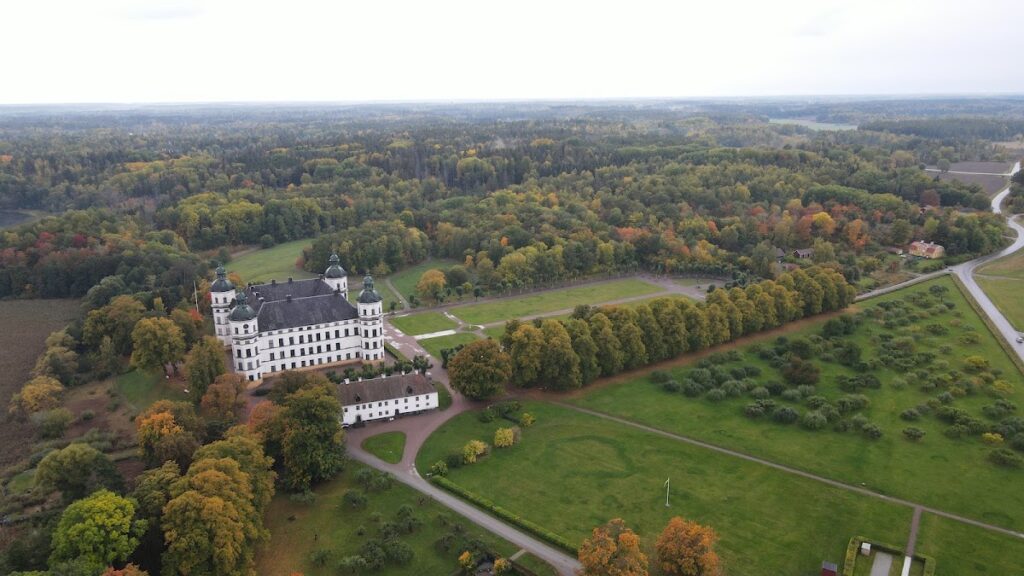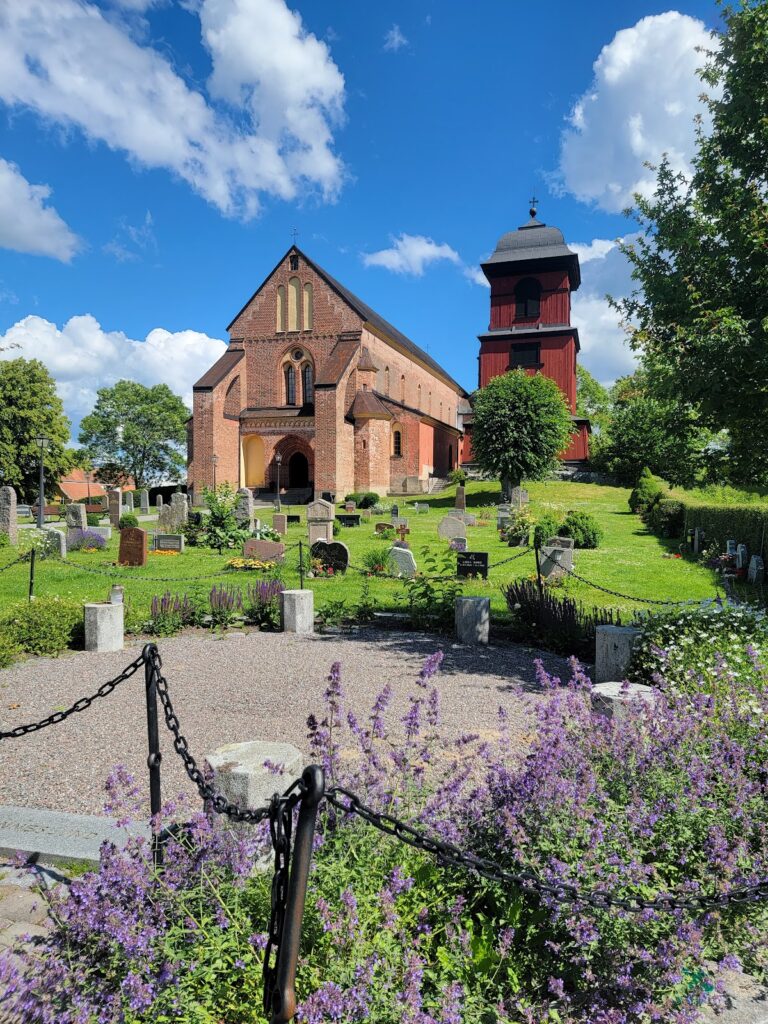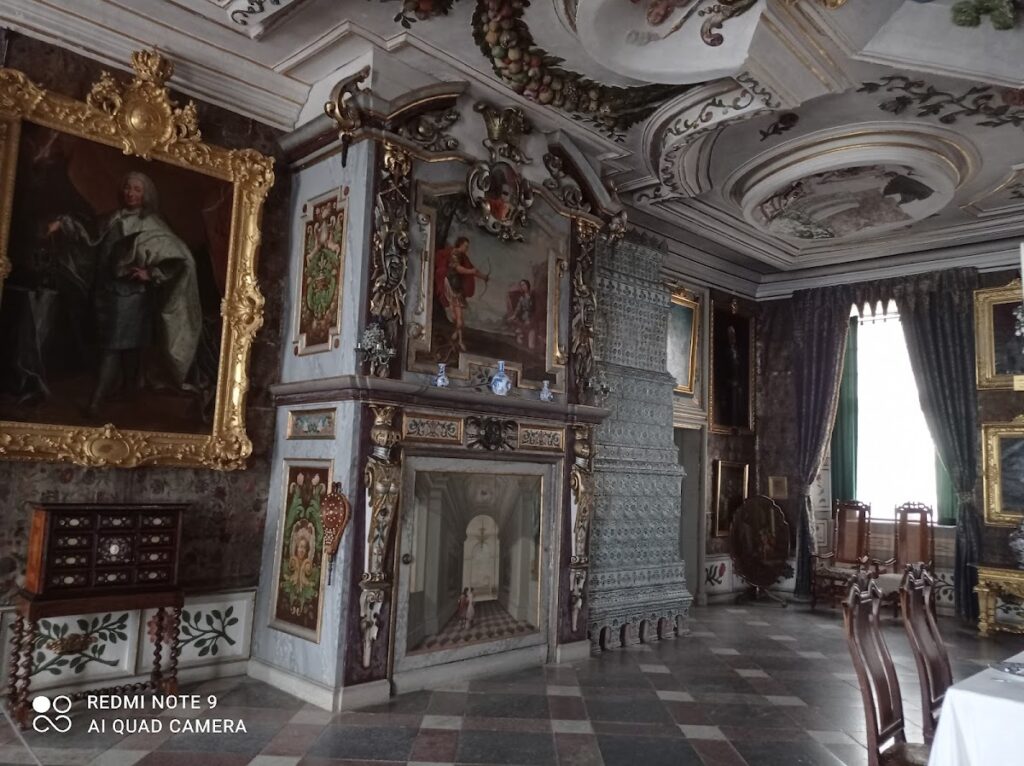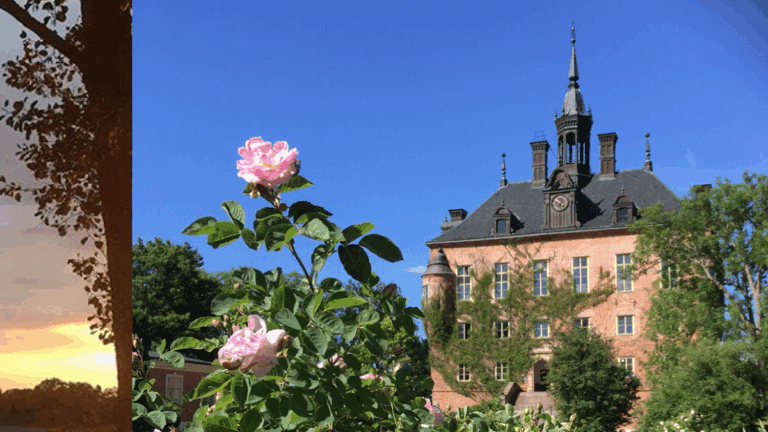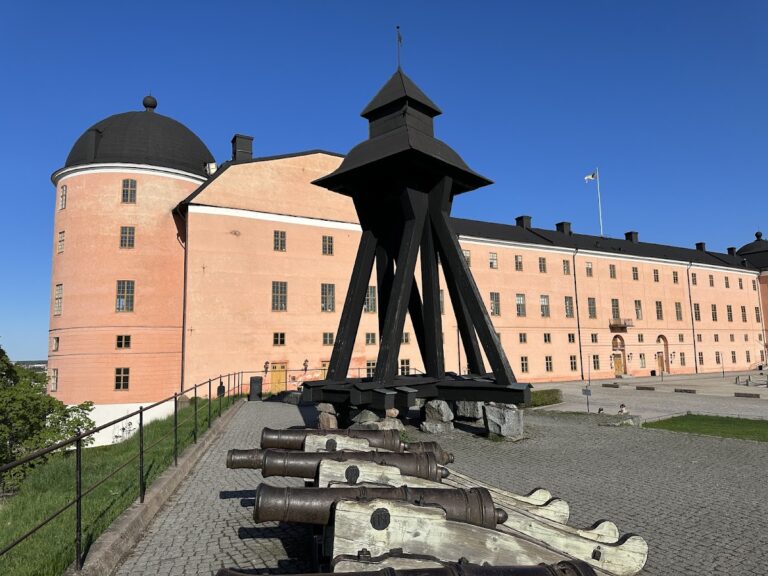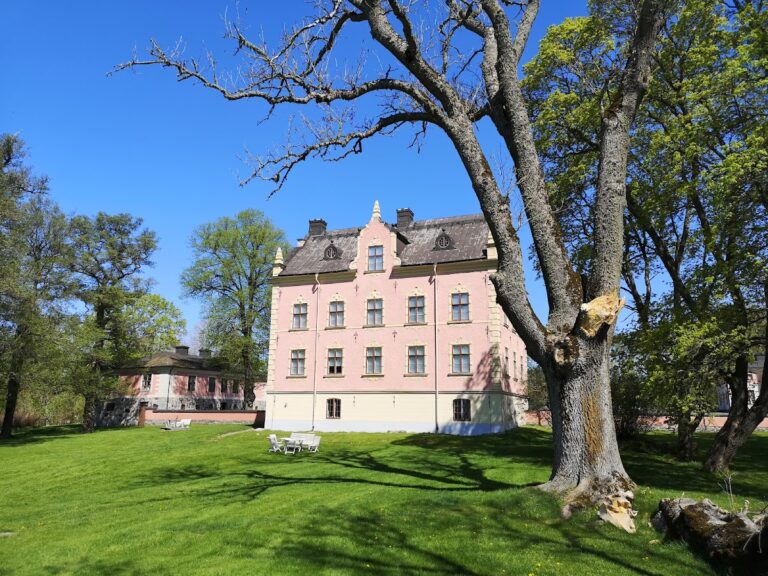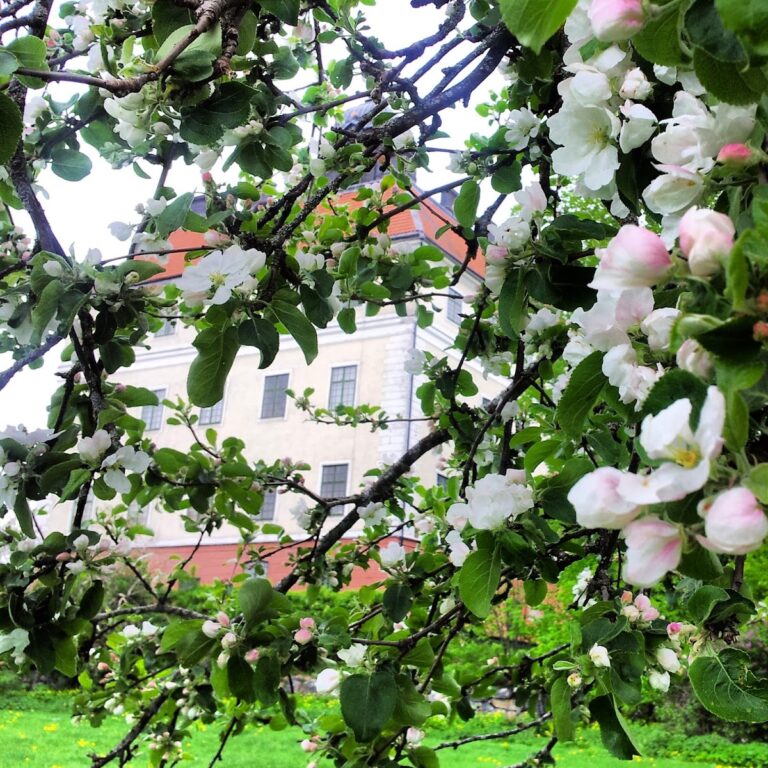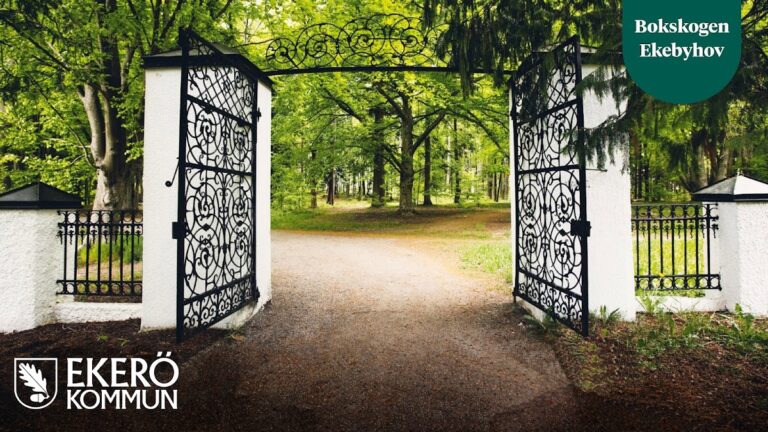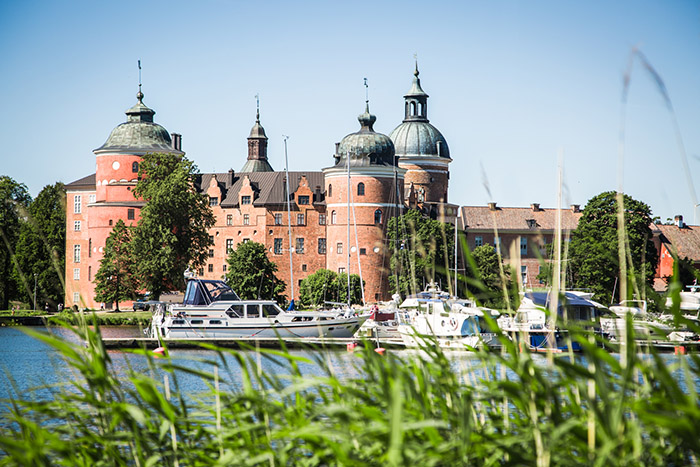Skokloster Castle: A 17th-Century Swedish Baroque Palace and Museum
Visitor Information
Google Rating: 4.4
Popularity: Medium
Google Maps: View on Google Maps
Official Website: www.skoklostersslott.se
Country: Sweden
Civilization: Unclassified
Remains: Military
History
Skokloster Castle is located in the municipality of Håbo in Sweden. It was built in the 17th century by the Swedish nobility during a time when Sweden was a dominant power in Europe.
Construction of the castle began in 1654 under the direction of Count Carl Gustaf Wrangel, a prominent Swedish military leader and statesman. Wrangel chose the Skohalvön peninsula by Lake Mälaren as the site for his grand Baroque palace. Building continued for over two decades, but stopped abruptly when Wrangel died in 1676. At that point, the castle remained incomplete, most notably its large banquet hall, which was left in a partly finished state. The halt in construction preserved unique details of 17th-century building methods.
Following Wrangel’s death, the castle stayed in the Wrangel family for some time before ownership passed through marriage to the Brahe family. During the Brahe era spanning the 18th and 19th centuries, the castle was used partially as a summer residence. Although they did not complete the castle’s interiors, the Brahes maintained the property and its appearance. Later, the von Essen family inherited Skokloster in the 20th century and lived there until selling it to the Swedish state in 1967.
Since becoming state property, Skokloster Castle has been preserved as a historical museum. Restoration work began soon after the acquisition, focusing on using materials and methods faithful to the 17th century to maintain authenticity. The castle opened to the public as a museum that houses a major collection of weapons, armor, and portraits. Further preservation efforts have continued into the 21st century, including ongoing roof renovations started in 2014. Skokloster’s unfinished banquet hall offers a rare glimpse into historical construction practices, making the site unique among European palaces. Nearby, a medieval church, once part of a 13th-century Cistercian nunnery, contains the Wrangel family burial chapel, linking the castle to earlier religious history on the site.
Remains
The castle’s layout follows a precise square plan, each side measuring about 44.5 meters, with four wings enclosing a central courtyard. This courtyard features a patterned stone pavement and channels that direct water to a well in the middle. The walls are built from brick laid on a granite foundation, with different thicknesses—up to one meter thick at the base and about half that in the attic—demonstrating careful attention to structural strength. More than 260,000 bricks were used, manufactured partly in two kilns constructed on site in 1653. The roof is covered by black glazed tiles originally imported from Holland, complemented in restoration by handmade tiles from Poland.
Each of the castle’s four wings rises three stories and includes large, evenly spaced windows arranged with eleven axes per wing. Central staircases are located in the northern and southern wings. At each corner of the building stand five-story octagonal towers crowned with copper-clad spires, topped by lanterns and decorative globes. These towers, inspired by the Ujazdów Palace in Warsaw, are unique architectural features in Sweden.
Inside, the castle contains seventy-seven rooms with distinct purposes. The cellar served for storage, while the ground floor housed kitchens, staff quarters, and additional storage areas. The second floor was the noble residence, featuring suites used by the Wrangel and Brahe families. Among these rooms is the richly adorned King’s Hall, notable for its polychrome stucco ceiling with mythological illustrations painted by Hans Zauch in the 1660s. The room also has a finely carved wooden fireplace by Markus Hebel, a relief-decorated tiled stove created by Hindrich Thim, and a rare Baroque chandelier dating to 1672, made by Melchior Jung.
The third floor contains guest rooms and banquet spaces, including the unfinished banquet hall. This hall spans 325 square meters and has a ceiling height of fifteen meters. Its roof structure is unusual because the massive pine trusses remain exposed and visible from the floor. Copper tiles form the waterproof layer of the roof—a construction technique unique in Sweden. Interior woodworking elements such as doors, windows, and fireplaces were crafted by Stockholm workshops and transported to the castle. Originally, the windowpanes were glass imported from Pommern, carefully cut into rectangular pieces and set in lead supports.
Skokloster contains twenty-one carved wooden fireplaces, with twelve attributed to Markus Hebel. Painted decorations on these fireplaces were done by Johan Malchow. Several ceramic tile stoves, known as biläggar or kakelugnar and constructed between 1669 and 1674, continue to be functional.
The castle’s inner courtyard is encircled by an arcade gallery, providing sheltered passageways. External decoration is restrained, limited to the Wrangel family coat of arms and a gilded wooden trophy crown, also carved by Markus Hebel in 1657 and located facing the lake.
The designed Baroque garden surrounding the castle was only partially finished. Its components include a parterre and alleys lined with linden trees dating to the late 1600s. Plans for a two-story lakeside pavilion and a harbor were prepared by architects Jean de la Vallée and Mathias Spihler but were never built.
On the attic floor, the castle preserves original 17th-century arrangements of arms and armor within the armory and rustkammare (storage for weapons and valuable items). This collection is one of Europe’s finest historic weapons archives and also contains exotic artifacts and a detailed scale model of the castle made in 1657 by craftsman Barthel Volkland.
Finally, Skokloster holds a vast portrait gallery of about 600 paintings, mostly oils. These works include pieces by prominent artists of the time such as David Klöcker Ehrenstrahl, Matthäus Merian, Abraham Wuchters, and Giuseppe Arcimboldo, providing a rich insight into 17th-century artistic and noble culture.


